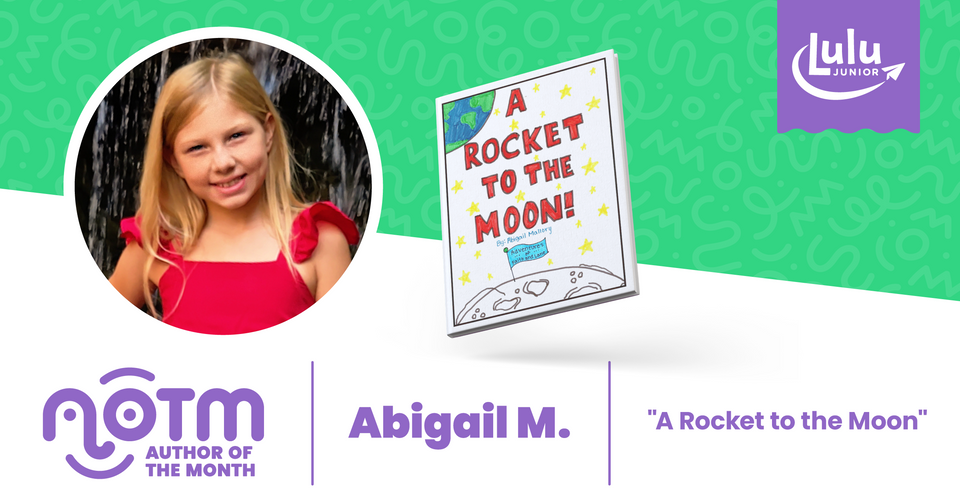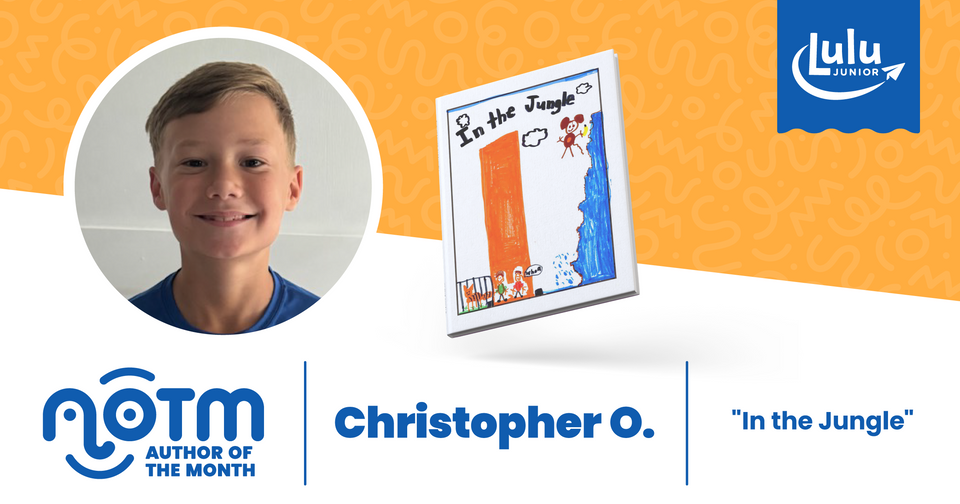
Winter Holidays Around The World Teaching Guide
December is an exciting month that usually represents time off from school, holiday parties, and celebrations of several different holidays. Not just holidays like Christmas and Hanukkah, the two that tend to dominate winter holidays in American culture. The end of the year includes at least 27 different holidays celebrated around the world. This month poses the perfect opportunity to teach your children about different holiday traditions and customs.
There’s tremendous value in teaching your children about how different cultures and religions celebrate different holidays. It expands their ability to respect cultures other than their own and enables them to appreciate the beauty of those different cultures which only enriches their holiday season. Not to mention, it opens up the world to them.
So, let’s take a trip around the world from our couch and explore the different winter holidays celebrated!
More Teaching Guides:
- Native American Heritage Month Teaching Guide
- Hispanic/Latinx Heritage Month Teaching Guide
- Pride Teaching Guide
Winter Holidays Around The World
While the number of winter holidays celebrated around the world are countless, we're just going to focus on 10 in this teaching guide. With these ten holidays, we’ll share activities, videos, and books to help introduce your kids to the holidays in a fun and engaging way, along with introducing activities, videos, and books to accompany those holidays. Now, enough of that, let’s dive in!
Christmas
In the Christian faith, Christmas is the historical celebration of the birth of Jesus Christ. In America, Christmas is typically celebrated with trees, visits from Santa Claus, and dreams of snowy landscapes, but it’s celebrated in various other ways around the world.
In Australia, Christmas falls during their summer. It’s popular there to go camping or to the beach over the holiday. Some Australians decorate a “Christmas Bush,” a native Australian tree with small green leaves and flowers that turn red.
In Iceland’s capital city Reykjavik, there are typically Christmas markets for the children and there are thirteen Santas known as Yule lads. Each night, one of the thirteen santas leaves small gifts in shoes left on window sills.
Christmas Day in Sweden has the celebration of a Christmas Gnome named Tomte that brings the children gifts.
Here’s a video that explores how Christmas is celebrated in different parts of the world:
Hanukkah
Hanukkah or Chanukah, also known as the festival of lights, is an eight-day Jewish celebration that commemorates the rededication of the second temple in Jerusalem following the Maccabean Revolt. It begins on the 25th of Kislev on the Hebrew calendar. Celebrations of Hanukkah involve lighting the nine candle Hannukkiah also referred to as the Hanukkah Menorah. Each night another candle is lit by the helper to remember an ancient miracle in which one day’s worth of oil burned for eight days in the temple.
During the celebration of Hanukkah, special potato pancakes called latkes in Yiddish are eaten, songs are sung, and a top called a dreidel is spun to win chocolate, coins, nuts, or raisins.
Here’s an interesting video to watch with your kids to learn more:
Play Spin The Dreidel
The dreidel has a really fascinating history. There are many different theories and stories about its origins. According to an article by Haaretz, “Legend has it that when the ancient Greeks outlawed the study of Torah, Jews would outsmart them by playing with a spinning top - a popular gambling device - while learning Torah orally.”
Here's an activity you can play with your kids to further engage them:
- What you need:
- A dreidel and countable game pieces such as pennies, nuts, or raisins.
- How it works:
- Each player starts with the same number of pieces (10-15)
- In each round of the game, every player puts one of their game pieces into the pot and this step should be repeated whenever the center is empty or if only one piece is left.
- Directions:
- When it’s a player's turn, they spin the dreidel. The dreidel contains the four Hebrew letters: nun (you neither receive or lose pieces), gimel (you take everything in the pot), hey (you get half of the pot), shin (you play a game piece into the pot). It’s where the dreidel lands that determines whether a player loses or gets a piece.
- When a player loses all their game pieces, they are out.
- The game ends when a player wins all of the pieces in the pot.
Instructions from My Jewish Learning.
Las Posadas
In Mexico, Central America, and parts of the United States, Las Posadas is celebrated from December 16th to the 24th. Las Posadas celebrates the story of Mary and Joseph and their arrival at Bethlehem, where they could not find a room at an inn. They were then forced to stay in a stable, where Jesus was born.
Each night of Las Posadas, children carry lit candles and dress up as angels, shepherds, the Three Kings, and Joseph. Adults follow their children. They go from place to place asking if there is room for them to stay. The hosts are obliged to say ‘no.’ Children and adults then sing songs and read passages from the Bible. They are all finally allowed entry at the last house where there is a piñata filled with candy and toys. This whole process occurs every night except the last one.
Here’s an interesting children's book to help your little ones explore Las Posadas:
The Night of Las Posadas
Shop Now
Boxing Day
December 26th is Boxing Day, which originated in the United Kingdom during the middle ages and is now celebrated in a few countries around the world like Canada, Australia, and New Zealand. It was the day when the alms box, collection boxes for the poor, often kept in churches, were opened and their content distributed, a tradition that still happens in some areas. Servants on this day were also traditionally given the day off so that they could celebrate with their children and families. Soccer matches and horse races often take place on Boxing Day in England.
Check out this teaching lesson from Education World to help you and your kids explore this day further: https://www.educationworld.com/a_lesson/00-2/lp2257.shtml
Omisoka
Omisoka is considered the second most important day in Japanese tradition, being the final day of the old year and New Year’s Eve day. Families gather on this day to have a bowl of toshikoshi-soba or toshikoshi-udon, which is a tradition based on eating the long noodles to cross over from one year to the next. Many visit shrines or temples at midnight on this day.
Here is a video that explores the different crafts and activities your kids could participate in:
Tu B’shevat
Tu B’shevat is celebrated by Jewish people on the 15th of shevat on the Hebrew calendar, which usually falls in January or February. It is a holiday that celebrates mother nature and its purpose is to emphasize the responsibility to care for the Earth. On this day, people plant trees, eat fruit, and celebrate Earth’s beauty and magnificence.
Here are some ways to recognize this day with your kids:
- Eat Traditional Tu B’shevat Food which includes wheat, barley, grapes, figs, pomegranates, olives, and dates.
- Plant something! Your kids could plant parsley for instance (it grows quickly!). They can watch what they planted grow and be used from one holiday to the next.
Kwanzaa
Kwanzaa comes from the phrase “matunda ya kwanza” which means “first fruits” in Swahili and it’s based on an ancient African harvest festival. Family life and unity are at the center of the holiday celebration. Each family celebrates Kwanzaa in their own unique way, but celebrations typically include dressing in special clothes, decorating homes with fruits and vegetables, singing songs and dancing, storytelling, eating a large traditional meal called karamu, and lighting a candle holder called Kinara.
The candles on the kinara are lit on the seventh night which represents the seven principles and values of African culture which include unity, self-determination, collective work, and responsibility, cooperative economics, purpose, and creativity and faith.
Watch this fun video with your kids to learn more:
Lunar New Year
Lunar New Year is observed in many countries that follow lunar calendars, which include Taiwan, Singapore, Vietnam, Malaysia, China, and many more. Traditions on this day vary from culture to culture. For some, the Lunar New Year is celebrated by exchanging red envelopes or silk pouches containing money, playing games, using fireworks, eating traditional meals, cleaning the house, and holding parades in colorful costumes.
Scholastic provides numerous fun activities your kids could do for Lunar Year: https://teachables.scholastic.com/teachables/theme/holidays-and-celebrations/lunar-new-year.html
Three Kings Day
Three Kings Day falls after the end of the twelve day celebration of Christmas. The story behind this holiday is the day the three wise men first saw baby Jesus and brought him gifts.
The holiday is celebrated in a variety of ways in different parts of the world. In Spain, for instance, many children on this day get their Christmas presents. In Puerto Rico, before children go to sleep, they leave a box with hay under their beds so the kings will leave good presents.
Winter Solstice
The Winter Solstice, usually happening on December 21 or 22, is the shortest day of the year yet a promise of more daylight ahead. This day marks the exact moment when half of Earth is tilted the farthest away from the sun.
Ancient people built many monuments to celebrate the winter solstice. Newgrange is one example, the huge tomb bound built in Ireland around 3200 B.C. A tunnel facing the solstice sunrise runs to a main chamber, and a small window bathes the chamber in solstice light for 17 minutes.
In Peru, Nazca Lines match giant outlines of money, lizards, and other figures etched into the Earth with the solstice. Created by ancient cultures in Peru around A.D. 1 to 700, some of these lines touch the spot on the horizon where the sun sets.
The Winter Solstice is celebrated today by many cultures and the celebrations typically include fun gatherings.
In Iran, for instance, a festival is held and marks the day when Mithra, an angel of light, was thought to have been born.
Continue To Teach Your Kids About Diverse Holidays
So there you have it! We took a brief trip around the world to explore the many different holidays this winter season encompasses. We hope that exploring these holidays inspires a new tradition and conversation around diverse holidays. Make sure to follow us on social media @lulujrdotcom and let us know what holidays from around the world your family celebrates and your unique traditions.





